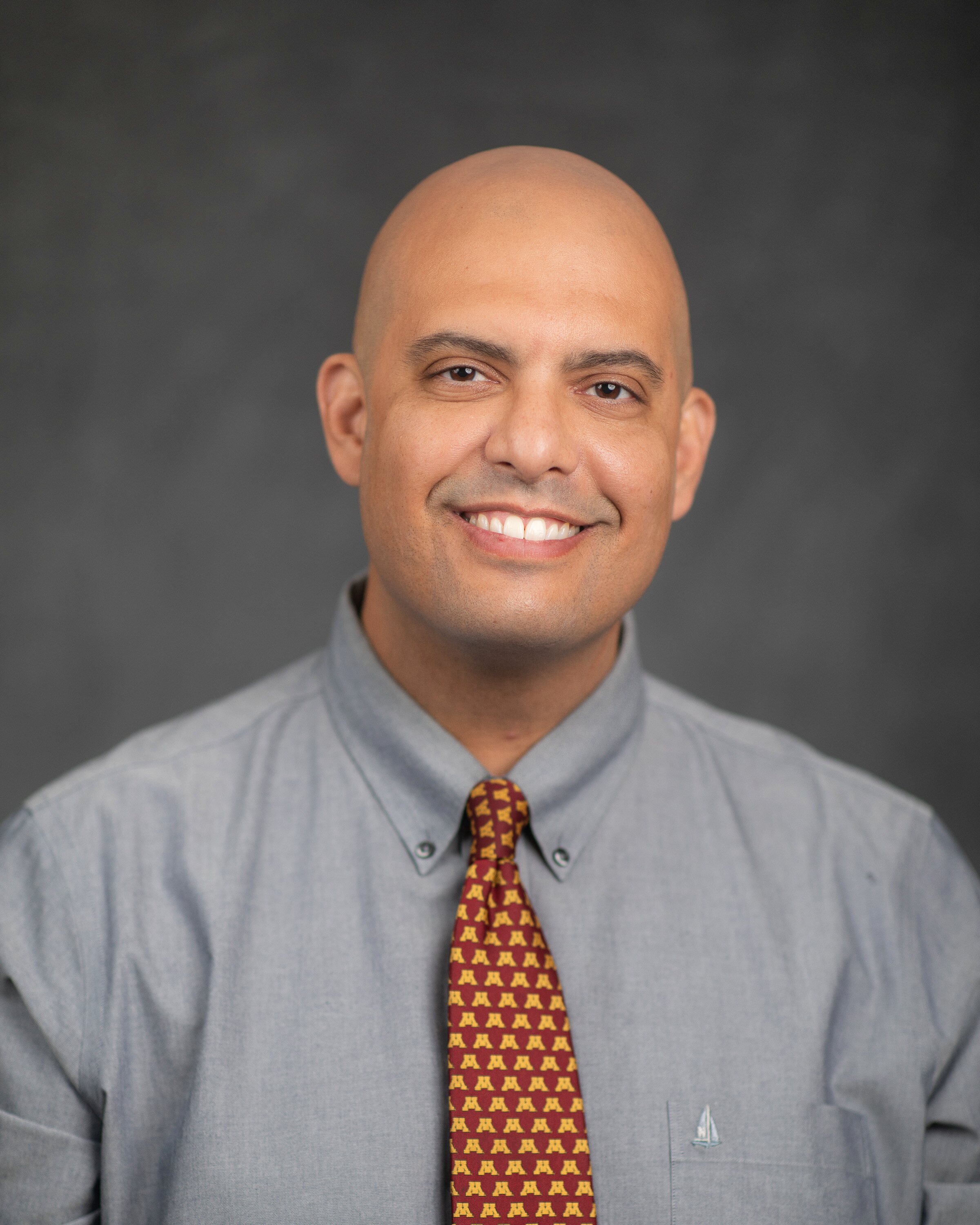My research interests focus on childhood cancer survivors. As this population ages and grows out of pediatric care-settings, I study how to create models of care at the systems level to provide evidence based survivor-focused care.
Dr. Sadak received his medical degree from the George Washington University School of Medicine and Health Sciences in Washington, DC. He previously had received a Master's of Science in Engineering from the University of Pennsylvania in Biomedical Engineering. He completed his residency in Pediatrics at Inova Fairfax Hospital for Children in Falls Church, Virginia and his fellowship in Pediatric Hematology/Oncology at Children's National Medical Center in Washington, DC. During his fellowship, Dr. Sadak performed health services research in childhood cancer survivorship transition care and concurrently earned a Master's in Public Health in Epidemiology from the George Washington School of Public Health and Health Policy.
Dr. Sadak is currently the Director of the Childhood Cancer/BMT Survivor Program for the Division of Pediatric Hematology/Oncology in the Department of Pediatrics. His clinical and research expertise focuses on survivors of childhood cancer. He has particular interest in adolescent and young adult survivors and has performed research through mixed methodologies to identify facilitators of transition for childhood cancer survivors from pediatric- to adult-centered care. Under his leadership, the Childhood Cancer/BMT Survivor Program has several clinical studies open to enrollment for childhood cancer survivors and has leveraged multi-disciplinary collaborations across the Cancer Center, the Academic Health Center, the University and beyond to obtain federal, institutional and foundation grants related to childhood cancer survivorship.
As Senior Medical Director of Pediatrics at the University of Minnesota Medical Center, Dr. Sadak provides operational leadership at M Health Fairview Masonic Children's Hospital related to its work in quality of care, patient/staff safety and patient experience. His patient care quality improvement efforts have included reductions in hospital acquired conditions (e.g. central-line associated bloodstream infections) and serious safety events as well as improvements in patient flow, engagement in organizational safety culture and multi-disciplinary change management.
